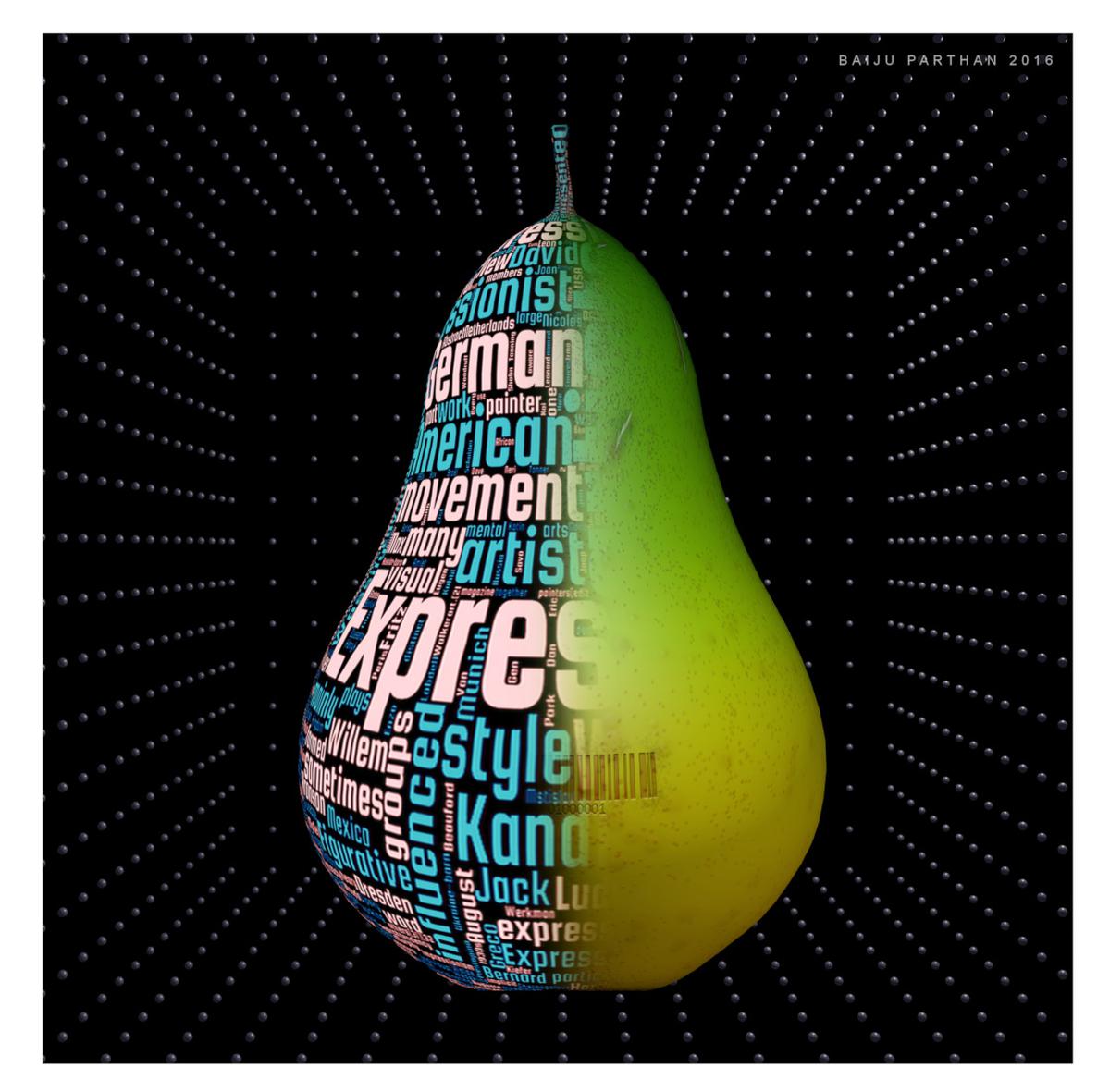
Life in 3D as seen by artist Baiju Parthan
The Hindu
Parallax, an exhibition of lenticular prints by artist Baiju Parthan, is currently underway in the city
Do you remember being fascinated by 3D postcards and prints as a child, turning them every which way to see if they looked any different from another angle? For Mumbai-based artist Baiju Parthan, the beauty of multidimensional images has turned out to be more than a passing fancy; it has evolved into an art form.
Technically called lenticular prints, these images are created using special lenses to produce an illusion of depth. Baiju says that when he first started out, art meant painting, which he pursued for personal satisfaction. “However, over time, as I became exposed to cultural studies, psychology, and philosophy, art became a device to explore the self and reinterpret the world,” he says. In an email interview, Baiju Parthan elaborates on his work and his process.
I have been working with this medium of lenticulars prints for 12 years or so. I was on the lookout for a medium that could convey the experience of virtual space, an important feature of the 3D objects I was making using 3D software. After trying out various printing methods and surfaces without success, I stumbled upon this technology that is usually used for making images of deities and greeting cards. Following a series of trial and error methods, and with the help of a printing expert, I arrived at a configuration that could create the illusion of space and movement I required in my artworks.
On an average, it takes two to three months to complete a piece, as it takes time to work out the concept, model all the required 3D objects on the computer, and figure out the best possible arrangement, which usually requires multiple efforts. Also, I prefer to work on all aspects of creating a piece, which is again time consuming. The end result is important, but what defines me as an artist is the total involvement with the process. So it is a slow process where I learn new things, apply it to what I am doing, do more research, and improve on what I have already done.
The pear started off as a painting titled ‘Engineered Fruit’ almost three decades ago. It was an oblique critique on market-driven genetic modification that produces perfectly shaped fruits. Through the years that image has evolved to become a signature motif, which is a metaphor for our need to alter and modify nature to suit our convenience.
The pear is also presented in my works as a mythological motif that references the ‘Tree of Knowledge’ archetype. I also have an artwork titled ’Fructus Nubes’, where the internet is imagined or visualised as the Tree of Knowledge — its innumerable branches spread all across the globe, with tag clouds and web pages as fruits borne by its branches.
It is difficult to pick a single work, but I would consider as memorable one of my early interactive installations titled ‘CODE’. It was done in 2000, and was basically a database of I-Ching readings programmed to answer questions about the future. It ran on a laptop flanked by light boxes and showed the actual javascript code that provided interactivity to the art work. It was a rudimentary AI simulation that was well received wherever it was shown, even at international venues. I felt it was an oracle of sorts.

‘Instead of accusing Gen-Z of lacking skills or discipline, we need to ask what drives them’ Premium
At a recent event held in the city, Cambridge University Press & Assessment launched an advisory panel comprising leaders from top global corporations, aiming to bridge the employability gap in India and better align academic output with industry needs. A whitepaper released at the event highlighted the growing importance of communication skills, the need for stronger collaboration between industry and universities, and strategies to bridge the persistent skill gap.












